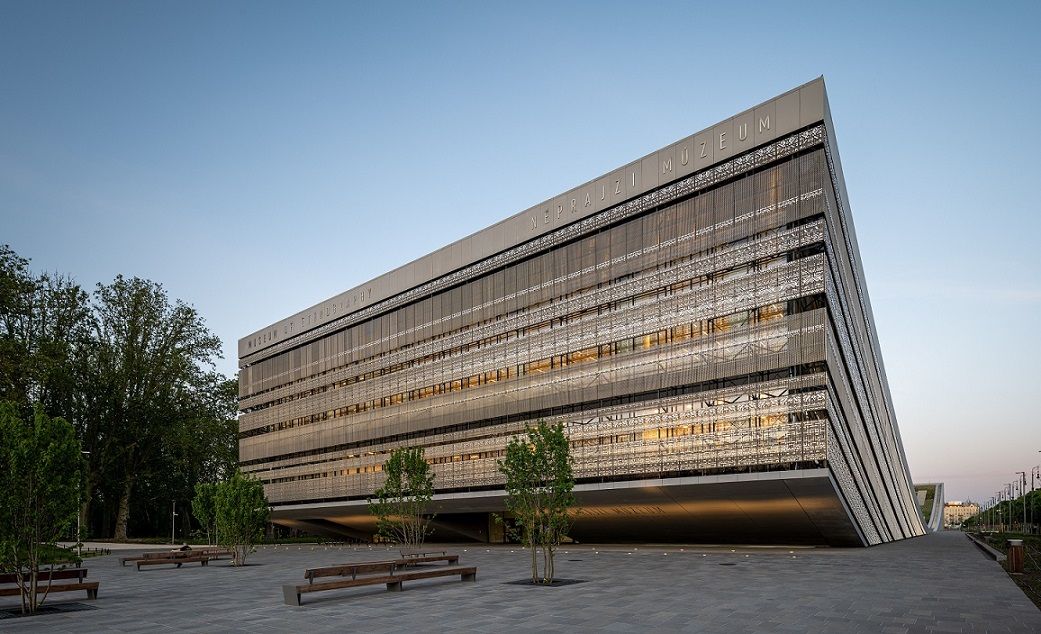Completed as part of the Liget Budapest Project, the new building of the Museum of Ethnography, opened its doors on May 23 with spectacular exhibitions. The new building, designed by Marcel Ferencz (NAPUR architect), is the first in the history of the institution to be designed to meet the needs of an ethnographic collection, making it one of the most modern ethnographic museums in Europe, located in the former Felvonulási tér in Városliget. The new museum has three times the space of the former Kossuth Square exhibition space to showcase the unparalleled richness of the collection.
Situated on the edge of Városliget, on the Ötvenhatosok tere, the new building evokes two interlocking hillsides. Its uniqueness lies in its façade decoration, made of nearly half a million pixels, which is a contemporary reinterpretation of 20 Hungarian and 20 international ethnographic motifs, and its roof garden of more than 7,000 square metres, which offers a beautiful panorama from its highest point. In 2018, the Museum of Ethnography was voted the world’s best public building based on its design at the London International Property Awards, one of the most prestigious international property competitions, and was also awarded the Best Architecture prize.
The arrival of the Museum in Városliget is an epochal change for the Museum of Ethnography, as the collection of 250,000 items from the Carpathian Basin and around the world has travelled a lot since the museum was founded in 1872, and has never before been housed in a building that was designed to meet the institution’s needs.
The first temporary exhibition of the museum, “We have arrived”, presents a unique cross-section of the collection. The exhibition will unveil special objects from a jam-packed chest, a symbol of moving. The exhibition reflects on the achievements of the museum over the past century and a half, presenting both the earliest collections from the mid-19th century and the most recent acquisitions.
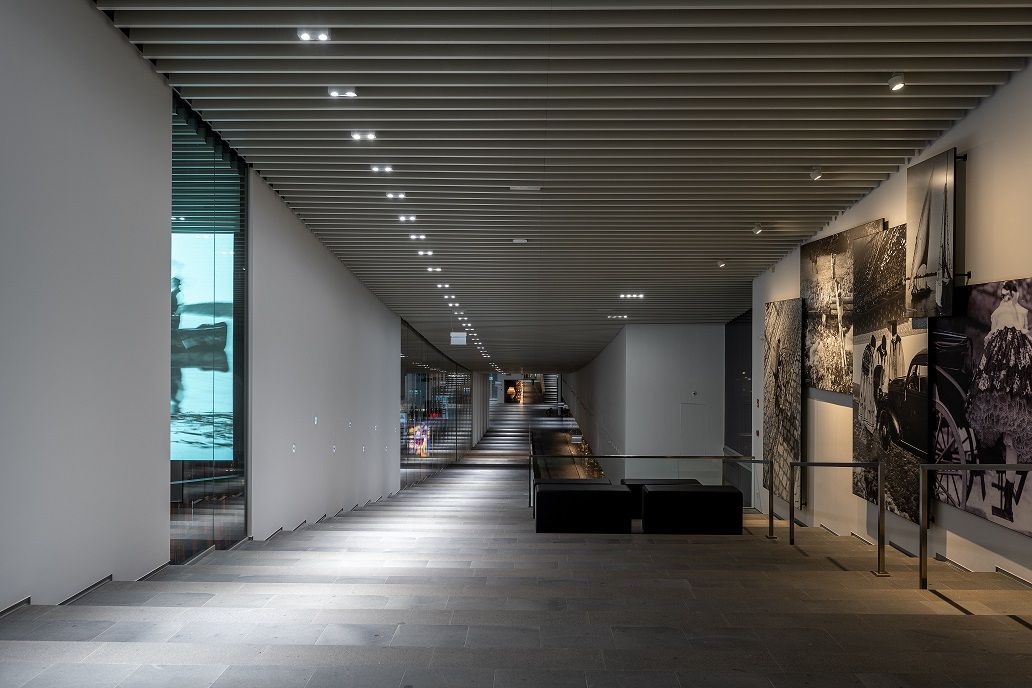

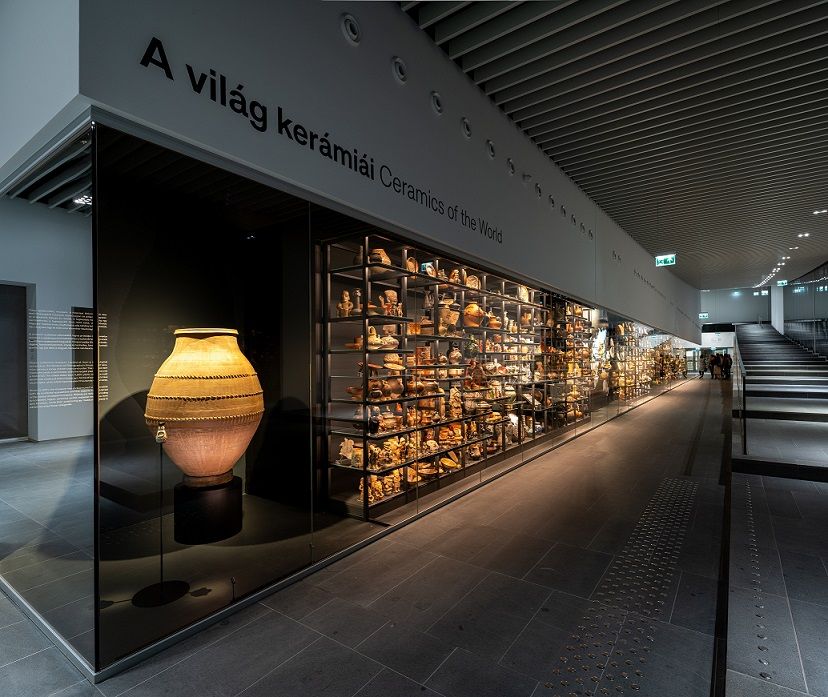
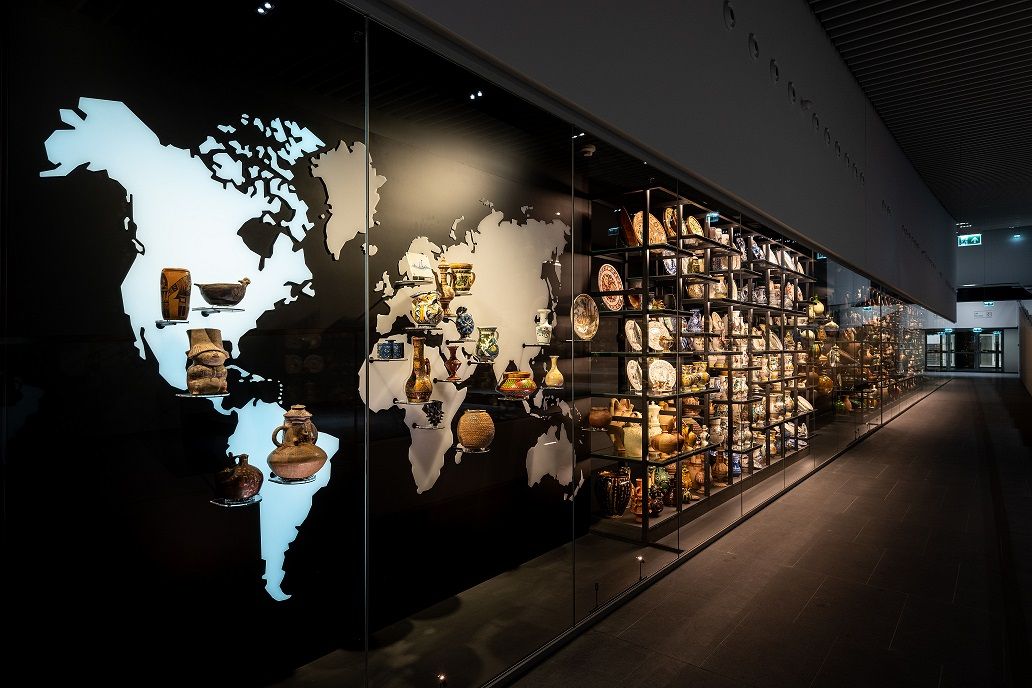
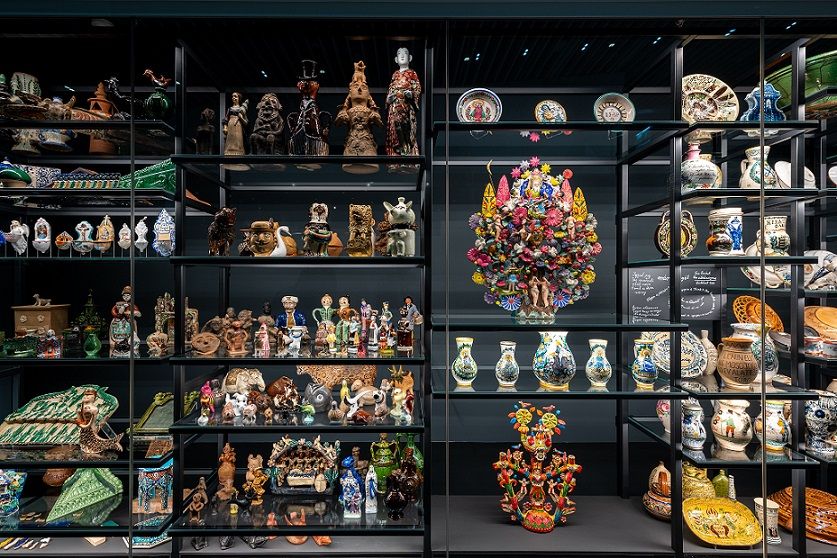
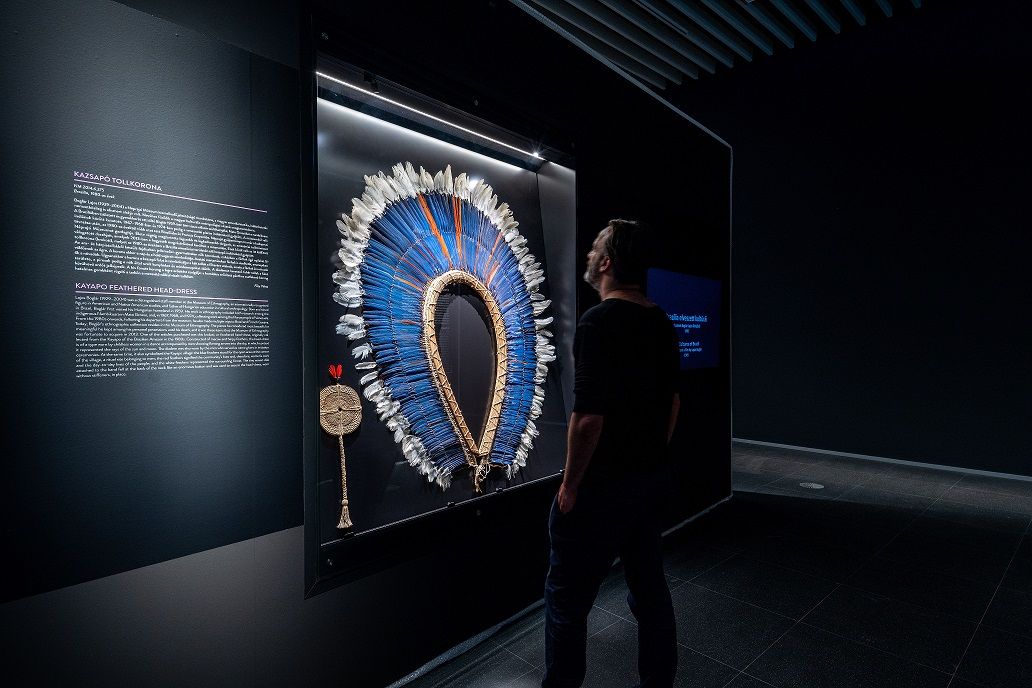
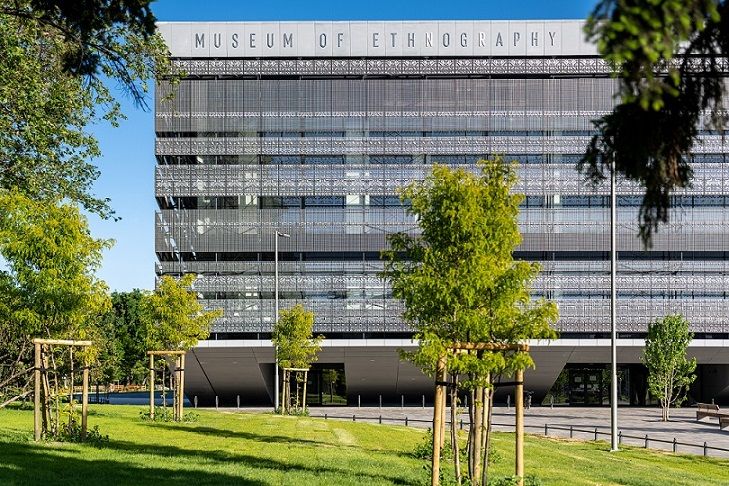
Photos: György Palkó
Source: Press Release
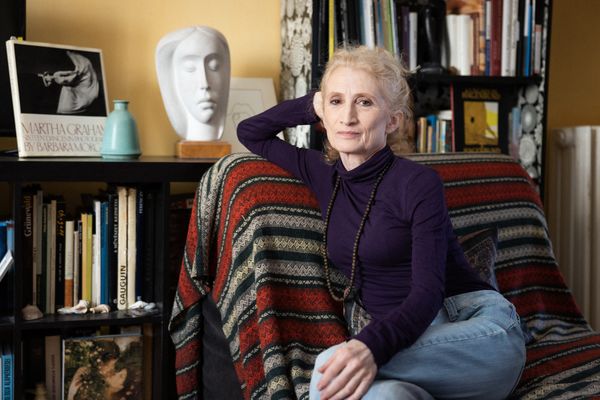
TASTE | Katalin Lőrinc

The brand that fights ocean pollution in style | Undersea Wear










